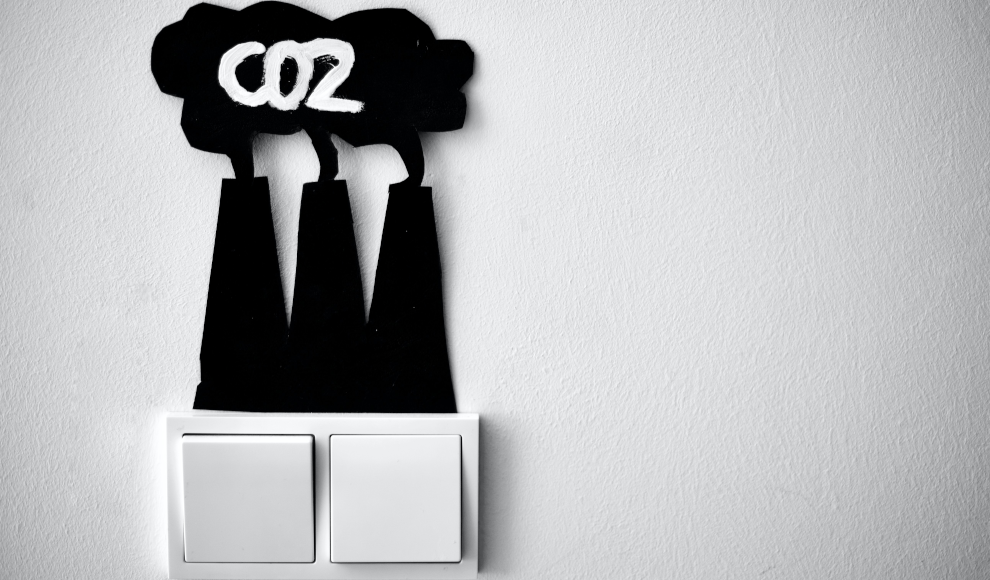A new study by the International Institute for Applied Systems Analysis (IIASA) has proposed an alternative use for the CO2 tax that could benefit low-income households. Currently, the tax revenue goes into the general state budget, which disproportionately affects low-income households who spend a larger portion of their income on carbon-intensive activities. The proposed solution is to distribute the revenue equally among all citizens at the end of the year, regardless of income. This would result in low-income households receiving more money than they paid in CO2 tax, while wealthy households who emit more CO2 would receive less. The study suggests that this approach could lead to a significant reduction in greenhouse gas emissions and could even financially benefit low-income households.
The researchers argue that the current system of taxing carbon emissions leads to an unequal distribution of income and wealth in the future. By distributing the revenue equally, the proposed system would be fairer and more transparent. The study also highlights the need for a high enough CO2 price to limit global warming to below two degrees Celsius. The researchers suggest that a CO2 price of at least 100 euros per tonne is necessary, and this value is likely to increase over time due to economic growth and inflation. The study emphasizes the importance of reducing emissions across all sectors of the economy, not just in industry and transportation.
The proposed solution has the potential to address both climate change and income inequality. The simplicity and transparency of the system could make it more appealing to policymakers and the public. However, the implementation of such a system would require significant political will and cooperation among countries. The study’s authors hope that their findings will encourage policymakers to consider alternative approaches to carbon taxation that prioritize fairness and sustainability.










